The "CAmera for BEtter Resolution NETwork" (CABERNET) project
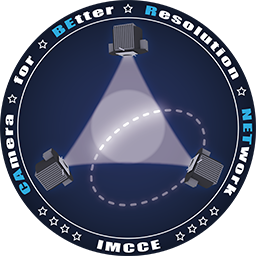
Motivation
In meteor science, the determination of meteor orbit is one of the most difficult task to achieve. Indeed, the meteor trajectory is observed over a few km, when its orbit spans several hundred thousands of km. Moreoever, celestial mechanics tech us that the slighest error on the measurement of the velocity implies a very large uncertainty in the orbital elements (semi-major axis and eccentricity). For this reason, numerical simulations of the generation and evolution of meteoroid streams in the Solar system and measured obits from observations sometimes provide very different results.
Goal of the CABERNET project
The CAmera for BEtter Resolution NETwork (CABERNET) project aimed at measuring the most accurate meteroid orbit, hoping to reduce the difference between theory and observation. For this, we developed the most accurate meteor camera, in terms of space and time reslution.
Technical solution
A (LHeritier 11000) 40x27 deg^2 camera was developed, that provides us with a ~6 arcsec and 100Hz space-time accuracy, thanks to an electronic shutter that chops the signal. 3 cameras are installed in the Pyrennees mountain at 3 stations: Pic-du-Midi observatory, Guzet (France) and Montsec (Spain).
The figures below show the detection of a meteor (choped by the electronic shutter) and the field of view of the 3 stations.
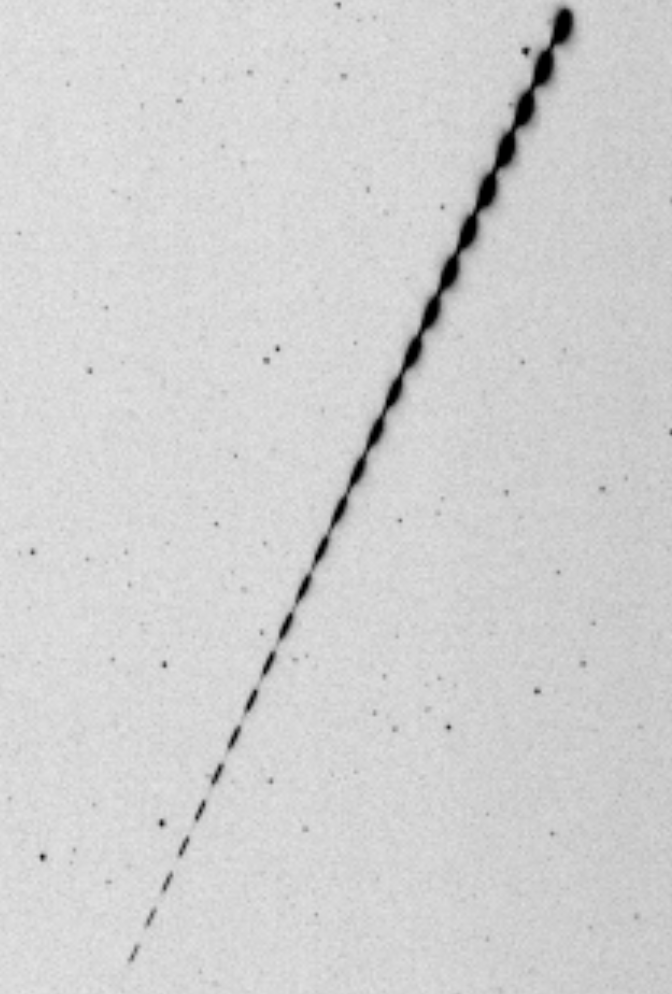
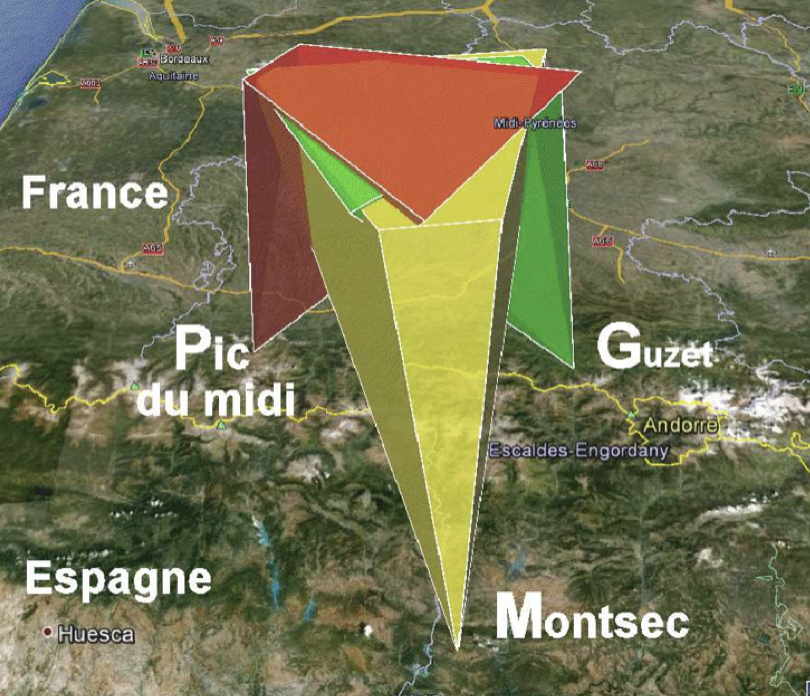
The 3 CABERNET cameras (Pic-du-Midi, Guzet, Montsec).

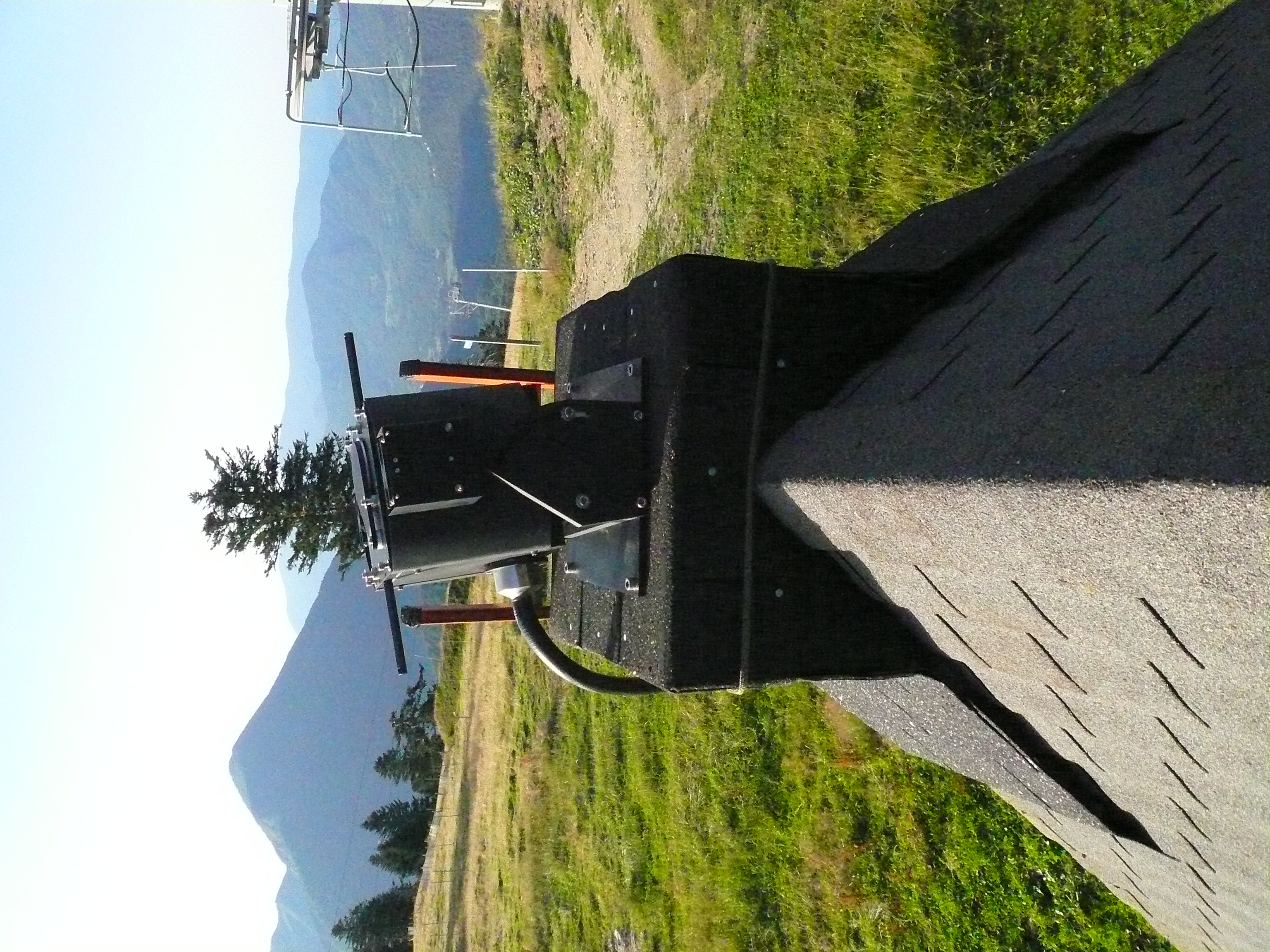
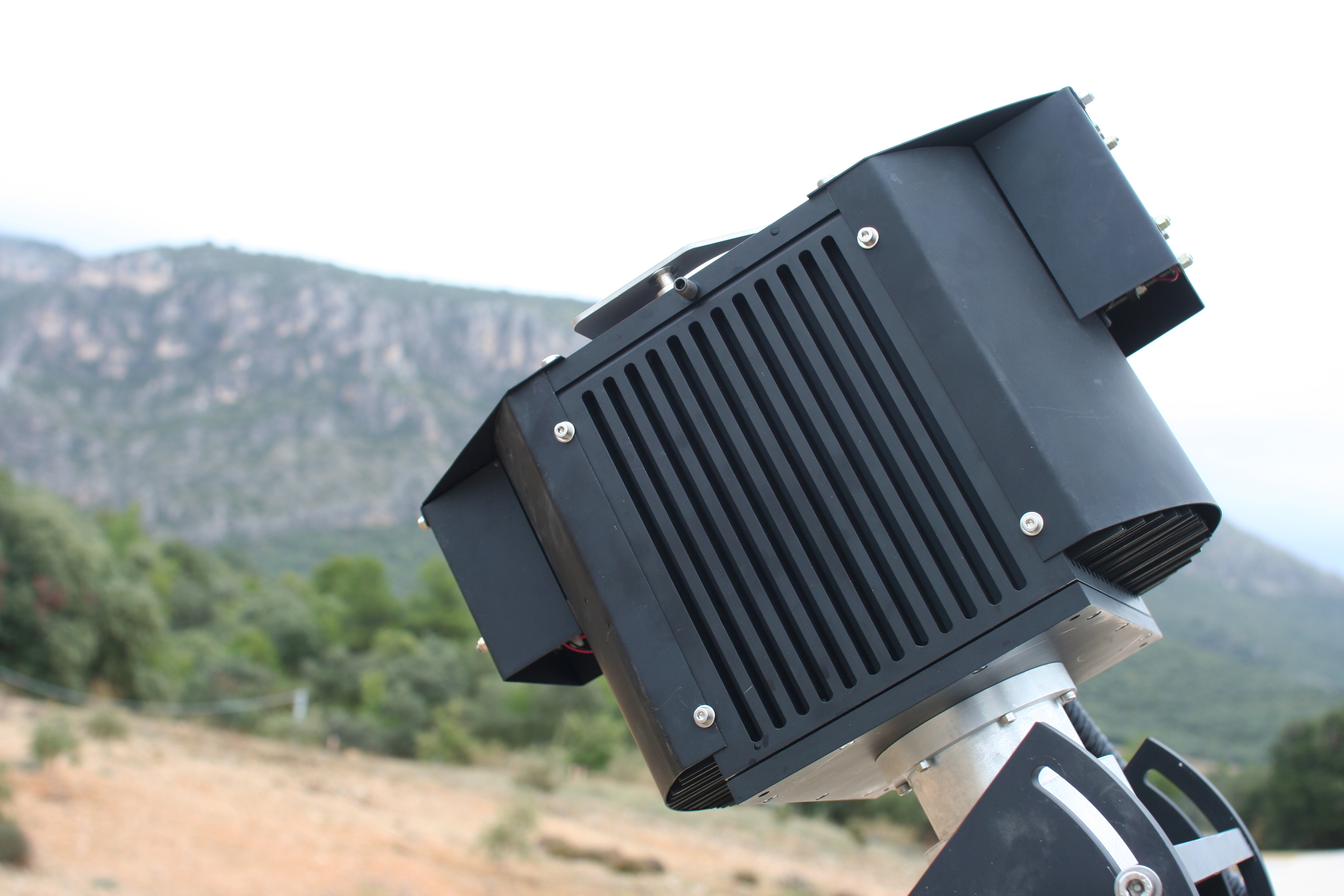
Weather
Detection
The image below shows a meteor detected by the 3 stations (false colours)
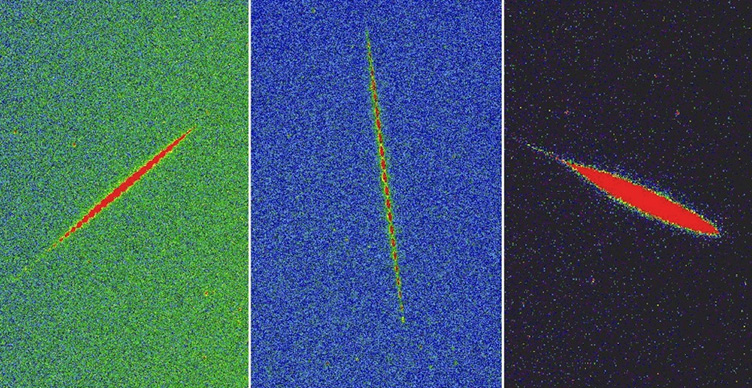
By aiming for meteors, CABERNET also detects artificial satellites (here: StarLink)
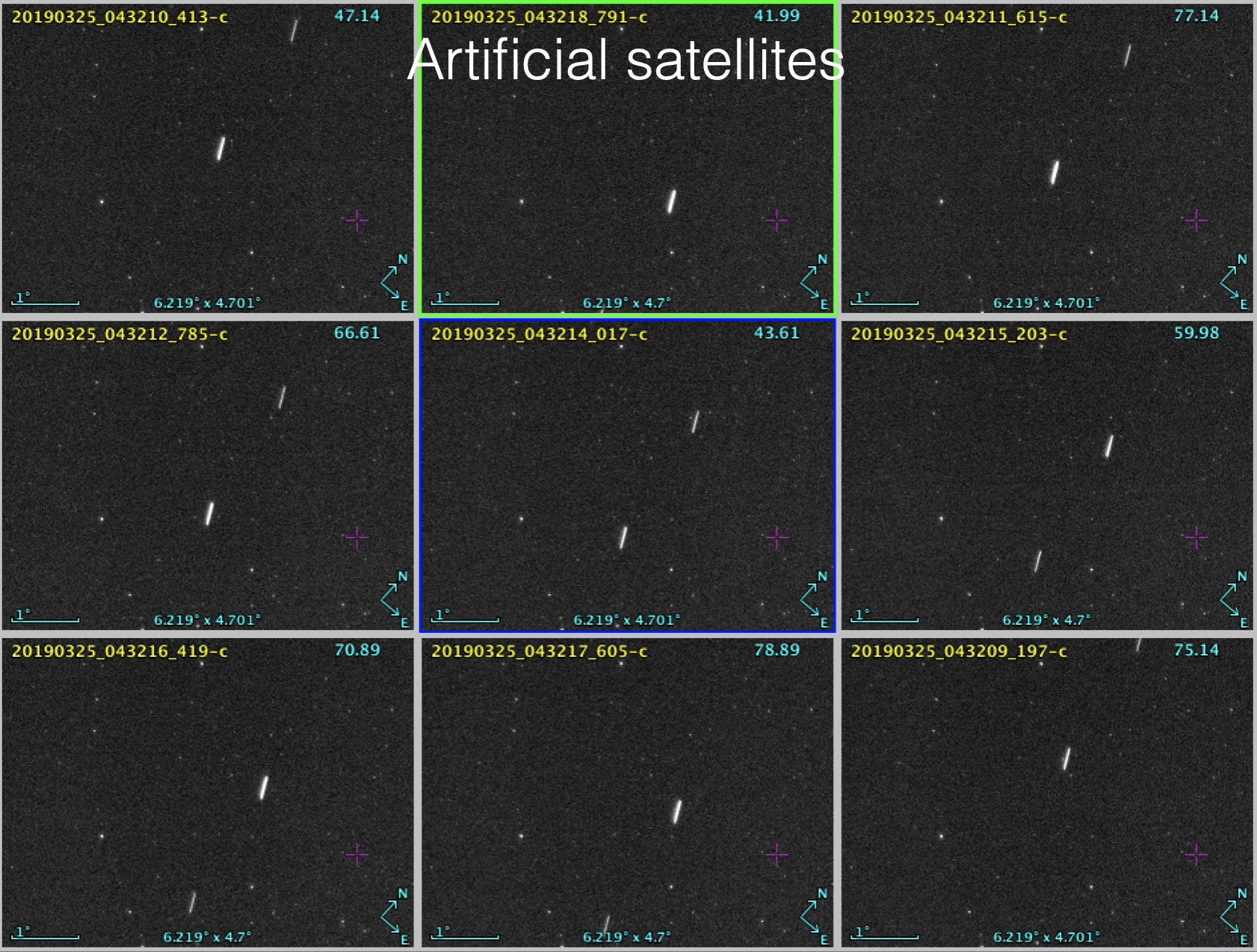
Pipeline
Data reduction is performed with the usual astronomy tools from the astromatic suite: SExtractor (star extraction) and SCAMP (astrometry). The rest of the pipeline was developed by IMCCE staff, including master students, engineers, PhDs, and Post-docs.
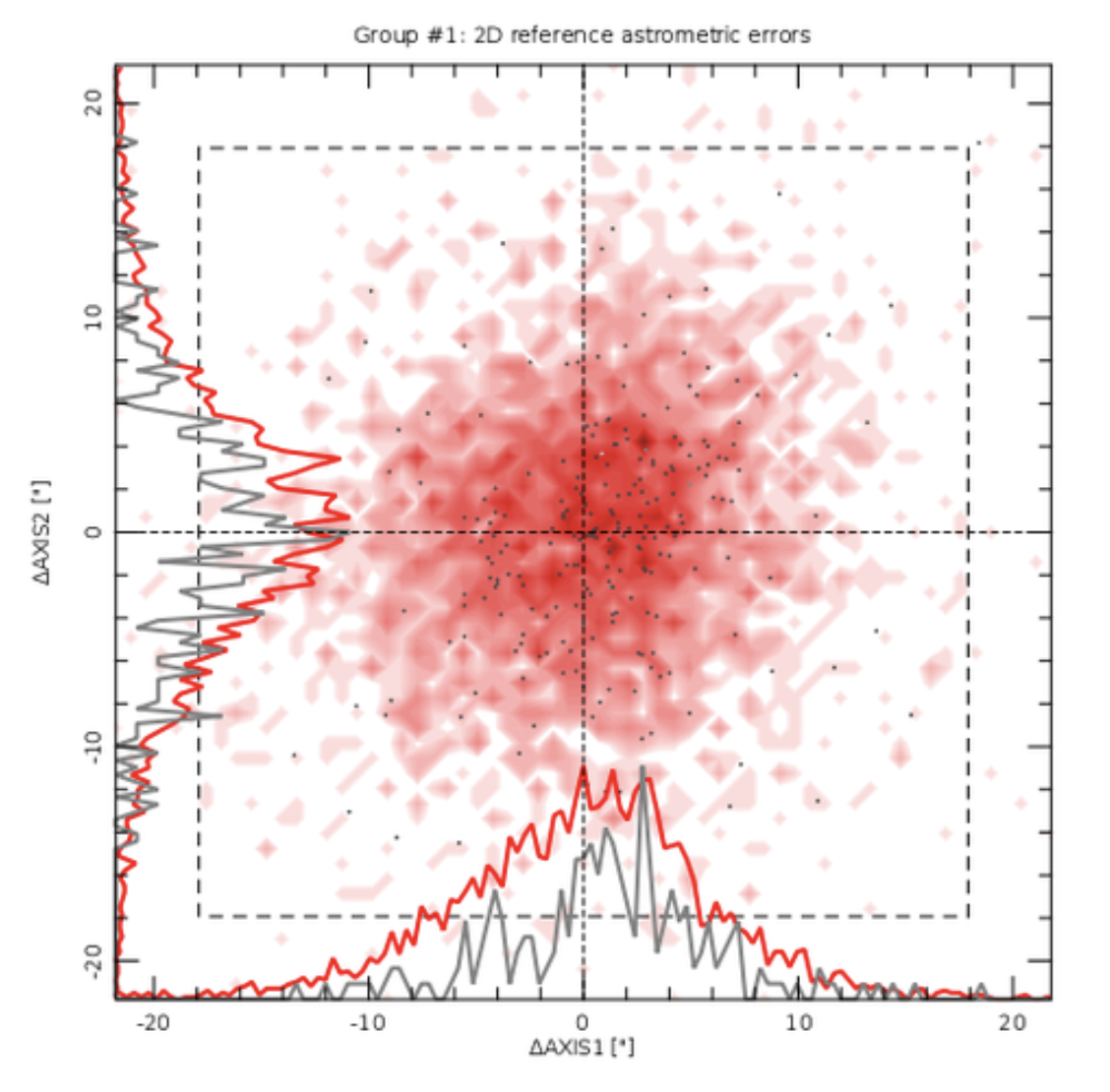
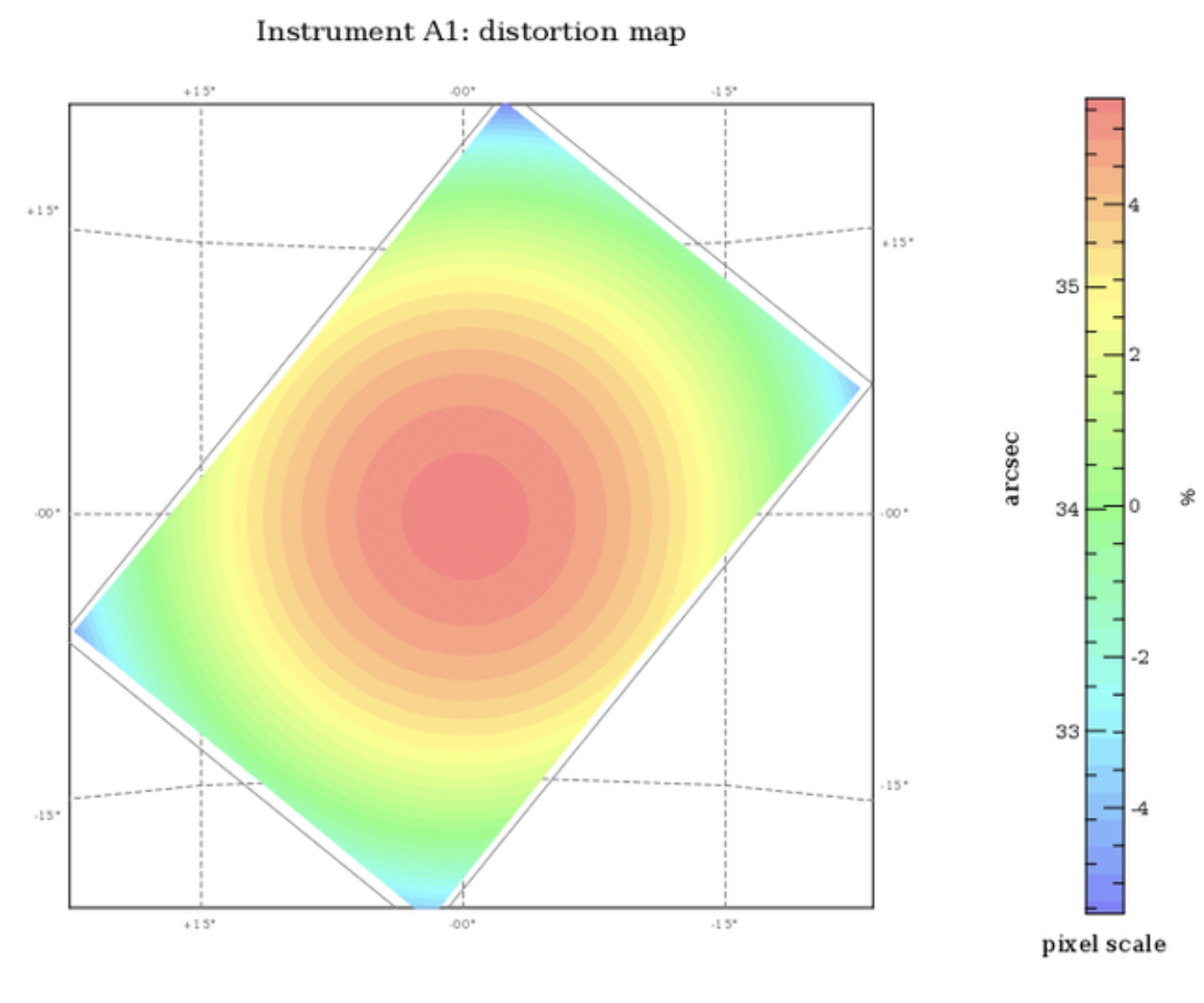
Staff
The CABERNET project is lead by IMCCE staff from both the Pegase and ACME scientific teams. This is the reason why some complementary information are found in this page. The hardware was developed by the pole instrumental du GEPI / Observatoire de Paris. Local people at each station help with minor issues (mainly rebooting a PC or restoring power).
Results
Auriane Egal demonstrated the limits of today methods of trajectory and orbit computation, and proposed a new way to achieve a better reduction of any meteor observation. The data are intended to be published in both raw and processed format, so that any future orbit determination software can be tested with real data, can be further improved for better orbit accuracy and precision.
Aknowledgements
The CABERNET project has been and is supported by IMCCE, Observatoire de Paris / PSL, PNP, PNGRAM, and Ville de Paris.
The stations are operated automatically, but once in a while, local people bring a great help by e.g. rebooting a PC. We are thankful to Pic-du-Midi observatory staff, Communauté de communes du canton d'Oust staff, and Montsec Planetarium staff.
F. Colas (IMCCE) and J. Gaudemard (GEPI) perform maintenance missions at least once a year.
Last update Wednesday 16 February 2022